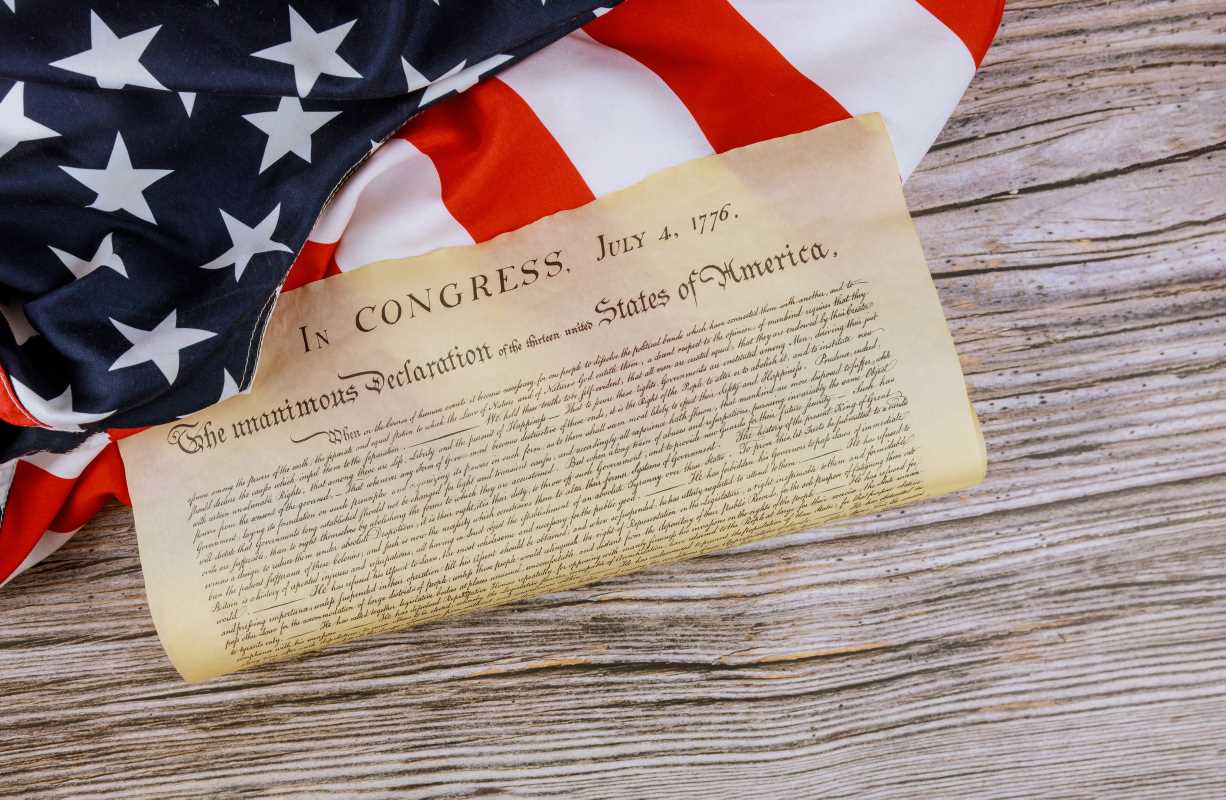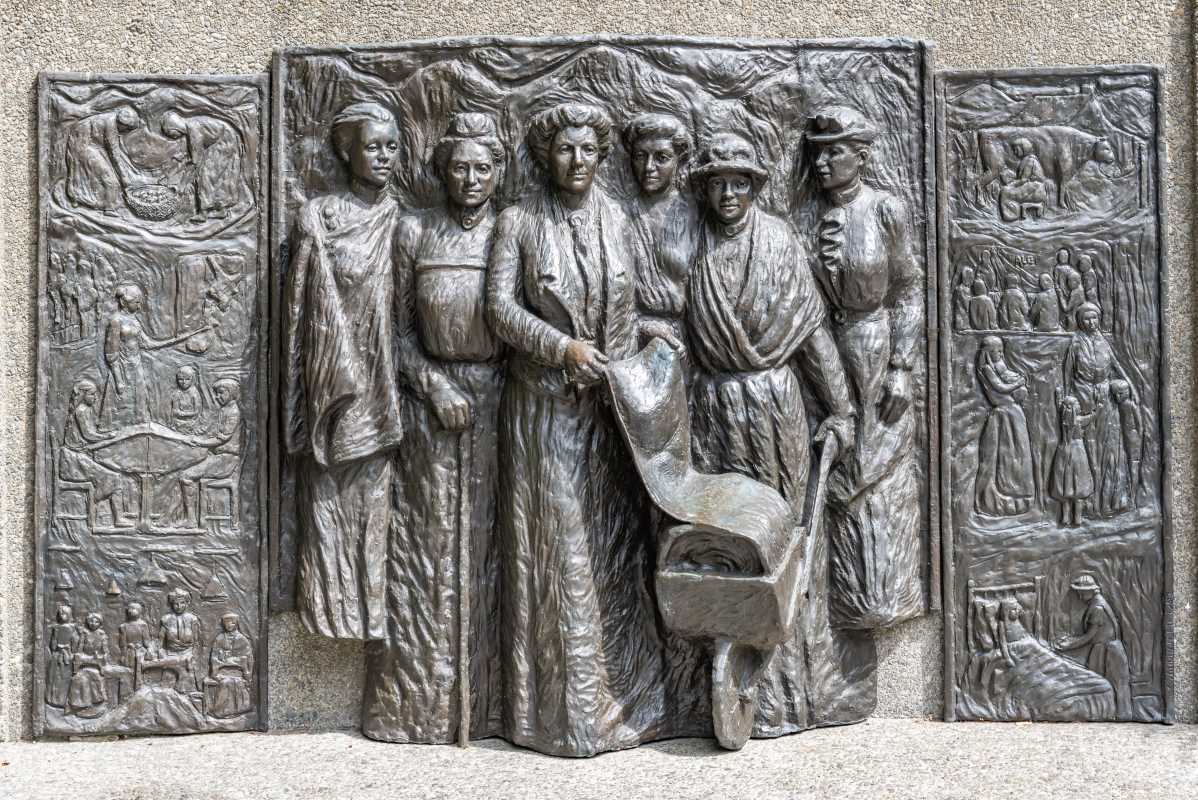The United States Constitution is more than just a historical document tucked away in a museum. It's the foundation of the nation’s government and the blueprint for how things work, influencing decisions that impact our daily lives. From the rights we enjoy to the policies that shape our communities, the Constitution has left a lasting legacy. It lays out the framework for laws, the separation of powers, and the balance between federal and state governments. But its influence doesn’t stop there. Over time, its principles have guided domestic policies on everything from education to civil rights. Understanding the Constitution’s role helps us see how it continues to shape the country we live in today.
The Backbone of the Government
The Constitution, adopted in 1787, established the structure of the U.S. government. It introduced three main branches of government—legislative, executive, and judicial. Each branch has its own set of powers and responsibilities, ensuring that no single person or group has too much control. This system of checks and balances is not just for show; it actively shapes how domestic policies are created and enforced.
For example, Congress, the legislative branch, is responsible for making laws. The president, part of the executive branch, signs these laws into action or vetoes them. Meanwhile, the judiciary can review laws and decide whether they align with the Constitution. This balance keeps power in check and forces cooperation among branches.
This structure doesn't just sit in the background. When you hear about debates in Congress over a healthcare policy or see a court ruling on immigration laws, that's the Constitution in action. It ensures that policies are made and evaluated for fairness and legality.
The Bill of Rights and Individual Freedoms
One of the most recognizable parts of the Constitution is the Bill of Rights, the first 10 amendments. This section guarantees fundamental freedoms like freedom of speech, religion, and the press. It also protects individuals from government overreach, which continues to influence domestic policies.
Take, for instance, the First Amendment’s protection of free speech. This principle influences policies related to protests, freedom of the press, and even what you can post online. The Fourth Amendment, which guards against unreasonable searches and seizures, impacts how law enforcement operates and how courts handle cases involving privacy.
Over the years, these amendments have been at the heart of major policy debates. For example:
- Discussions about gun control often reference the Second Amendment’s right to bear arms.
- Debates on surveillance programs involve the Fourth Amendment’s privacy protections.
These rights aren't just lofty ideals. They serve as legal benchmarks for shaping policies that affect our day-to-day freedoms.
Federalism and the Balance of Power
The Constitution also tackles an important question: Who should have more power, the federal government or the states? This balance of power, known as federalism, has been a central theme in shaping domestic policies.
For example, while the federal government can pass broad laws, states often have the freedom to implement these laws in their own way. Education policy is a prime example. While federal laws like the Every Student Succeeds Act create nationwide standards, individual states manage their school systems, creating differences in curriculum, funding, and even testing requirements.
Healthcare policy works similarly. The federal government establishes programs like Medicaid, but states decide eligibility requirements and benefits for the people they serve. This combination of federal oversight and state control ensures policies are tailored to the diverse needs of Americans across the country.
Civil Rights and Social Change
The Constitution has frequently served as a platform for civil rights advancements. Over time, its amendments and foundational principles have guided policies aimed at promoting equality and justice.
The Thirteenth, Fourteenth, and Fifteenth Amendments, often called the Civil War Amendments, played a crucial role in addressing slavery and racial discrimination. They abolished slavery, granted citizenship to all born in the U.S., and prohibited racial discrimination in voting.
Fast forward to the 20th century, and civil rights movements relied heavily on constitutional principles to fight segregation and discrimination. Landmark cases like Brown v. Board of Education used the Fourteenth Amendment’s Equal Protection Clause to end racial segregation in public schools. These cases shaped how policies were written and pushed the nation toward greater social progress.
Today, the Constitution continues to influence policy discussions about gender equality, LGBTQ+ rights, and protections for marginalized groups. It serves as a reminder that the fight for equal rights often begins with the document’s promise of equality for all.
Modern Interpretations and Challenges
While the Constitution provides a solid foundation, its interpretation has evolved over time to address new challenges and circumstances. Policies in areas like technology, healthcare, and climate change often require a modern understanding of constitutional principles.
For instance, debates about data privacy and surveillance are deeply connected to the Fourth Amendment. The rise of social media platforms raises questions about freedom of speech and how it applies to private companies. Similarly, cases surrounding healthcare laws, like the Affordable Care Act, examine Congress's power to regulate commerce under the Constitution.
Supreme Court decisions often set the tone for how these modern issues are addressed. Each ruling shapes how the Constitution is interpreted in the future.
 (Image via
(Image via





